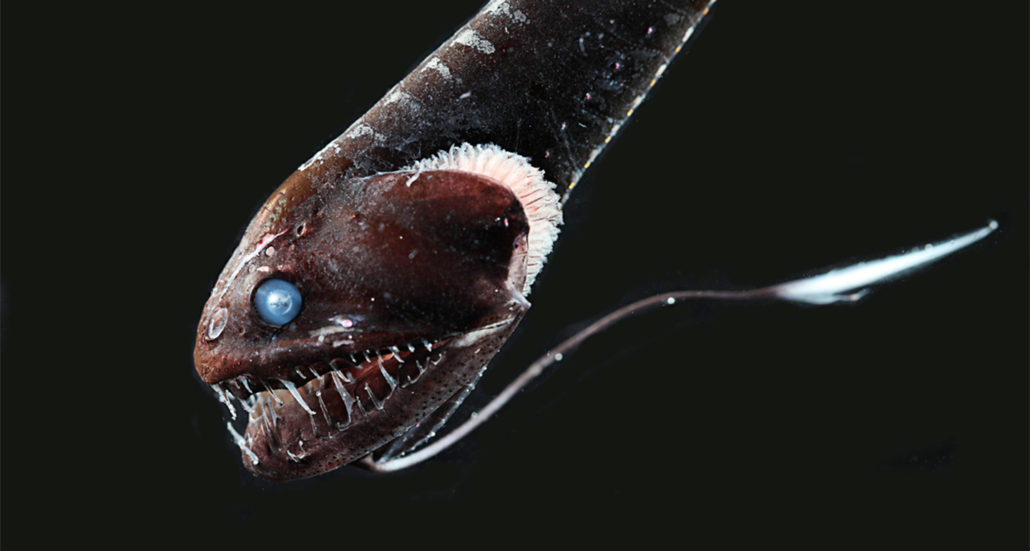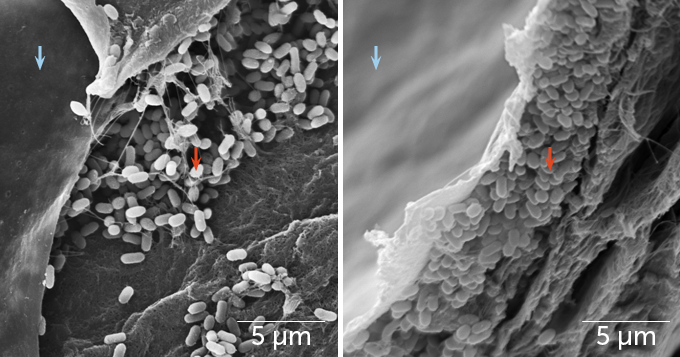biology: The study of living things. The scientists who study them are known as biologists.
bioluminescence: The light emitted by certain animals — such as fireflies, squid and deep-sea fishes — and by some shallow-water algae.
birds: Warm-blooded animals with wings that first showed up during the time of the dinosaurs. Birds are jacketed in feathers and produce young from the eggs they deposit in some sort of nest. Most birds fly, but throughout history there have been the occasional species that don’t.
camouflage: Hiding people or objects from an enemy by making them appear to be part of the natural surroundings. Animals can also use camouflage patterns on their skin, hide or fur to hide from predators.
colleague: Someone who works with another; a co-worker or team member.
current: A fluid — such as of water or air — that moves in a recognizable direction. (in electricity) The flow of electricity or the amount of charge moving through some material over a particular period of time.
electron: A negatively charged particle, usually found orbiting the outer regions of an atom; also, the carrier of electricity within solids.
engineer: A person who uses science to solve problems. As a verb, to engineer means to design a device, material or process that will solve some problem or unmet need. (v.) To perform these tasks, or the name for a person who performs such tasks.
fabric: Any flexible material that is woven, knitted or can be fused into a sheet by heat.
football field: The field on which athletes play American football. Owing to its size and familiarity, many people use this field as a measure of how big something is. A regulation field (including its end zones) runs 360 feet (almost 110 meters) long and 160 feet (almost 49 meters) wide.
marine: Having to do with the ocean world or environment.
marine biologist: A scientist who studies creatures that live in ocean water, from bacteria and shellfish to kelp and whales.
mechanism: The steps or process by which something happens or “works.” It may be the spring that pops something from one hole into another. It could be the squeezing of the heart muscle that pumps blood throughout the body. It could be the friction (with the road and air) that slows down the speed of a coasting car. Researchers often look for the mechanism behind actions and reactions to understand how something functions.
melanin: A family of dark pigments that color feathers, hair, scales, skin and eyes. It even shows up in some internal tissues. Moles on the skin owe their dark color to melanin. The pigmented cells of most dark-skinned people also get their color from melanin.
melanosome: A structure within a cell that gives an organism color.
micro: A prefix for fractional units of measurement, here referring to millionths in the international metric system.
organism: Any living thing, from elephants and plants to bacteria and other types of single-celled life.
predator: (adjective: predatory) A creature that preys on other animals for most or all of its food.
prey: (n.) Animal species eaten by others. (v.) To attack and eat another species.
sea: An ocean (or region that is part of an ocean). Unlike lakes and streams, seawater — or ocean water — is salty.
species: A group of similar organisms capable of producing offspring that can survive and reproduce.
telescope: Usually a light-collecting instrument that makes distant objects appear nearer through the use of lenses or a combination of curved mirrors and lenses. Some, however, collect radio emissions (energy from a different portion of the electromagnetic spectrum) through a network of antennas.
wavelength: The distance between one peak and the next in a series of waves, or the distance between one trough and the next. It’s also one of the “yardsticks” used to measure radiation. Visible light — which, like all electromagnetic radiation, travels in waves — includes wavelengths between about 380 nanometers (violet) and about 740 nanometers (red). Radiation with wavelengths shorter than visible light includes gamma rays, X-rays and ultraviolet light. Longer-wavelength radiation includes infrared light, microwaves and radio waves.










